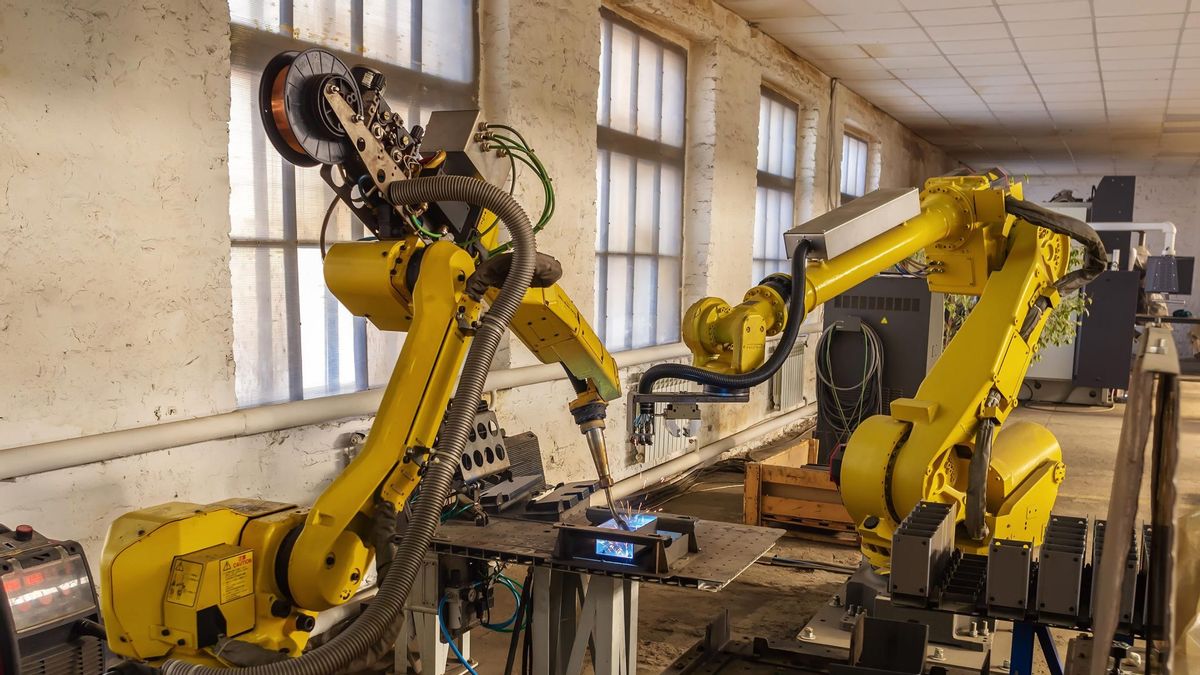JAKARTA - Robots as we know them help a lot in human work, including entertaining. But there are rarely robots that can carry out social interactions between robots and humans themselves.
Now researchers are looking for ways to make robots more interactive. Computer science researchers from the Massachusetts Institute of Technology (MIT), the Computer Science and Artificial Intelligence Laboratory (CSAIL), teach robots how to interact with humans and other robots.
This research not only teaches robots how to interact well with fellow robots and humans, but also digs deeper into aspects of human behavior that can be applied within the robot itself.
Citing Engadget, Saturday, November 6, researchers began to create a 2D simulation environment that allows robots to have social and physical tasks. Physical tasks are actions based on motion, such as walking or picking up something. Meanwhile, social goals guess what other robots are trying to do and then act on that. Like helping other robots do something.
There are three types of robots created by researchers, the first only has a physical purpose, the second has a physical and social purpose, but assumes all robots only have a physical purpose. While the third considers the others all have social and physical goals, so they can take more advanced actions such as joining others to achieve a goal.
Each robot that successfully carries out its task will get a prize. Meanwhile, those who cannot perform the task will be punished. In the process of social interaction, the researchers made 98 different scenarios.
And all of the scenarios were recorded in a clip, and 12 researchers were required to watch nearly 200 video clips of robots interacting, and then they estimated their physical as well as social goals.
Unfortunately, the results show that robots still have difficulty performing social interactions well. Because, according to the researchers, robots do not have complex reasoning abilities like humans.
"Even small babies seem to understand social interactions such as helping and hindering, but we don't yet have a machine that can do this reasoning at things like human-level flexibility," the researchers said.
Even though it still failed, they hoped that this research would become a benchmark for similar research. It doesn't stop there, they also plan to create a more complex environment with 3D simulation space.
The English, Chinese, Japanese, Arabic, and French versions are automatically generated by the AI. So there may still be inaccuracies in translating, please always see Indonesian as our main language. (system supported by DigitalSiber.id)













